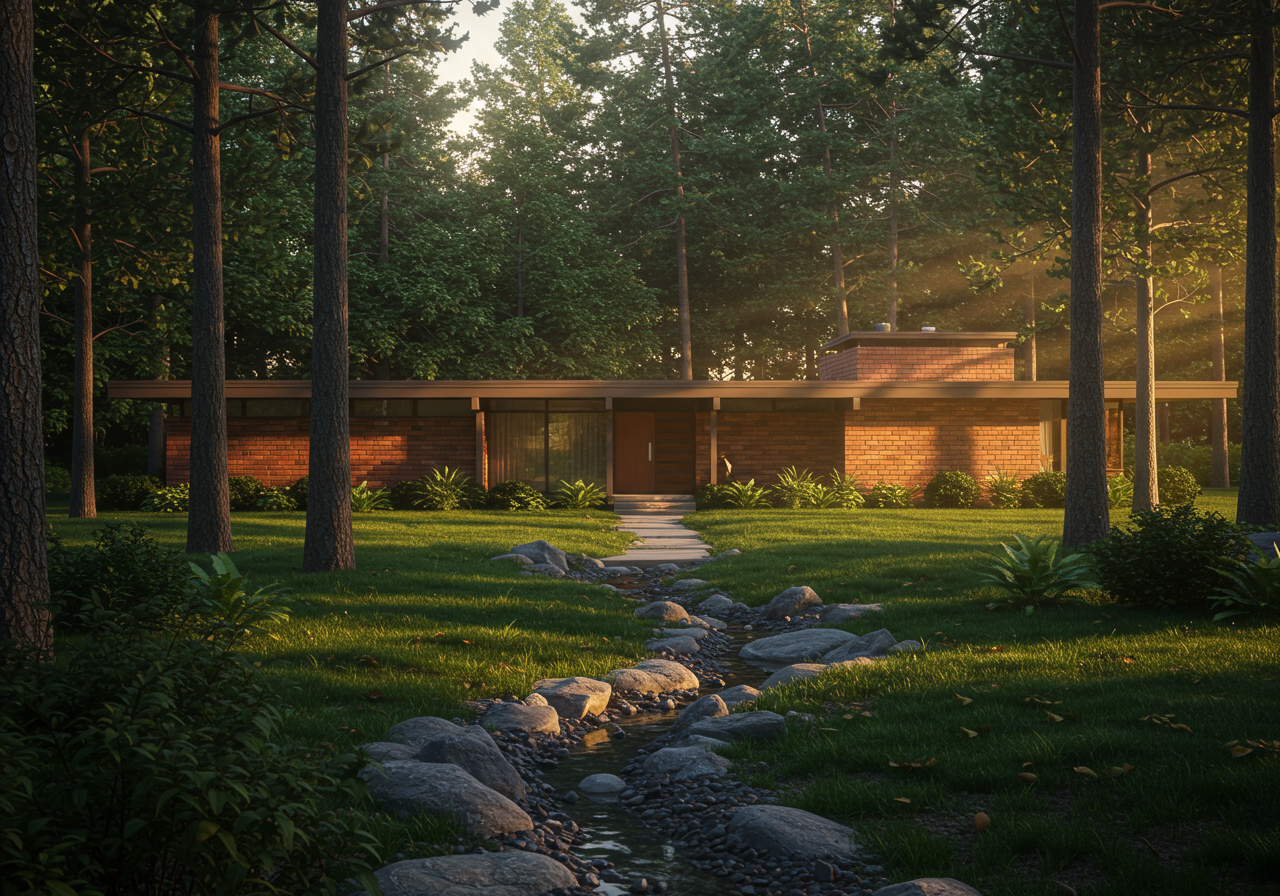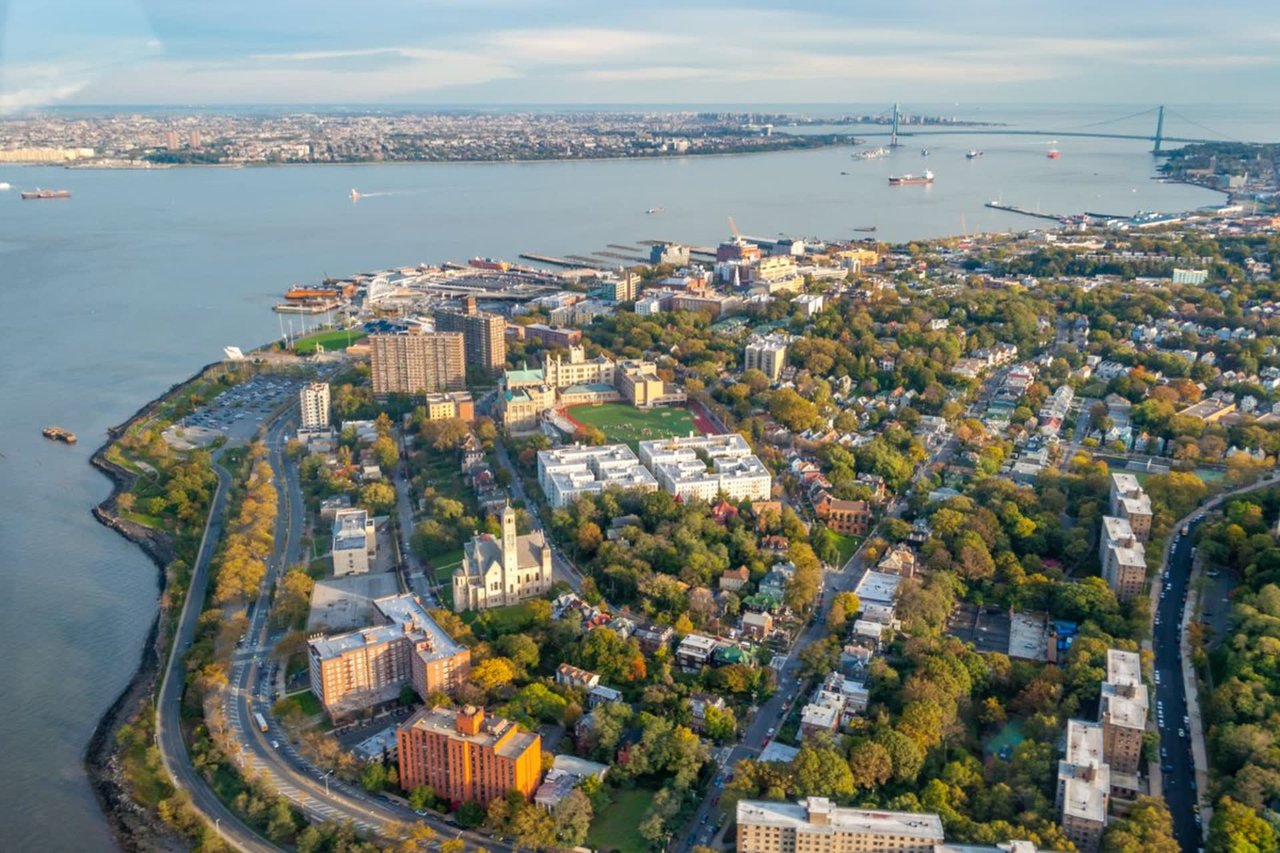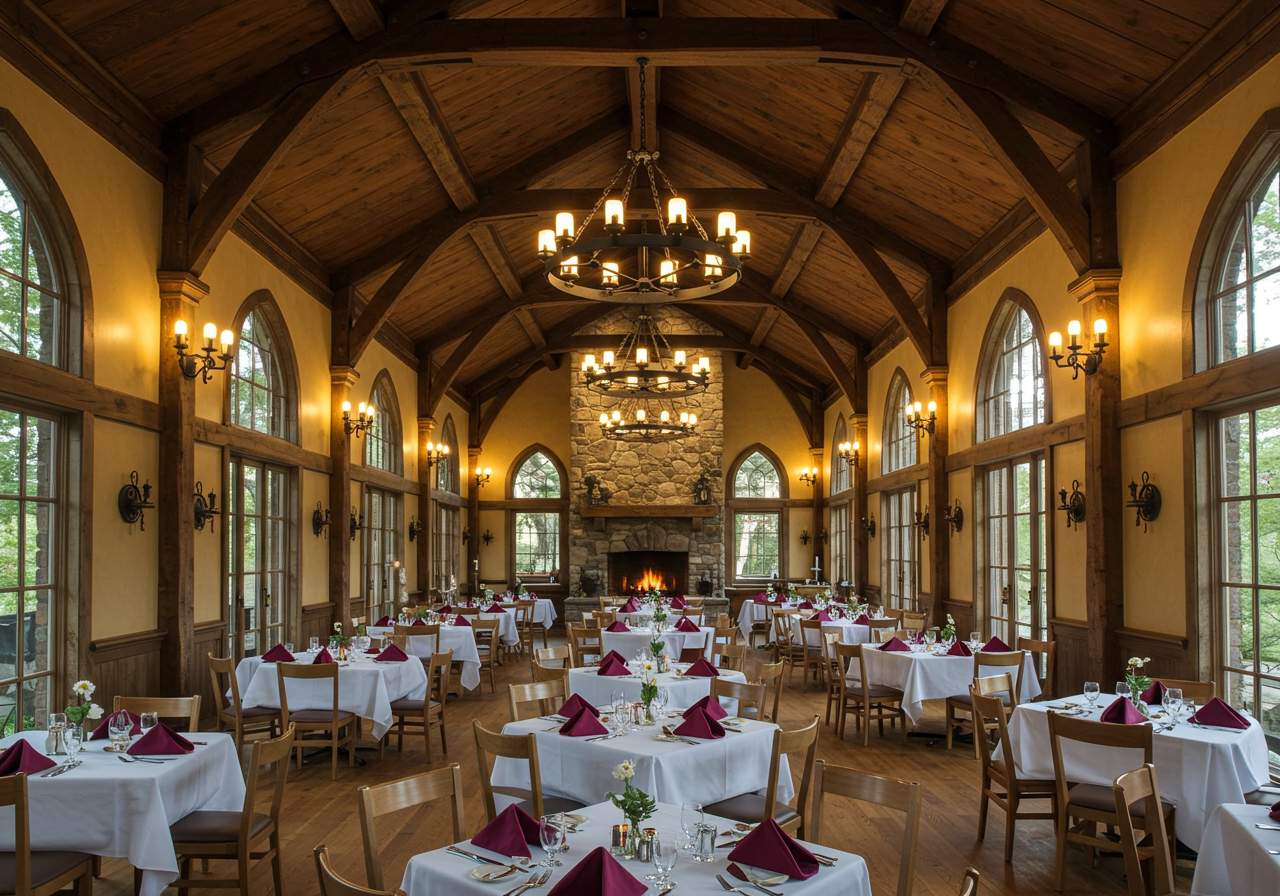Staten Island has some of the best outdoor getaways from the city. While spring is a good time to see flowers in bloom and summer is the best time to find the deepest green, nourished leaves on trees, the natural views in autumn here are unmatched.
These outdoor locations are the best places on Staten Island to experience autumn in all of its glory.
1. Snug Harbor Cultural Park
The Snug Harbor Cultural Center is a perfect place to visit in the fall, with 14 distinctive botanical gardens, a two-acre urban farm, and a multitude of trees and plants. The center is a masterpiece that, over the course of more than four decades, transformed from a 19th-century rest home for sailors into the arts center, park, and botanical gardens that it is today. The botanical gardens themselves are perfect for viewing a large variety of plants and trees at any time of year.
One of the most popular gardens is the New York Scholar’s Garden. The garden was based on a number of Ming Dynasty gardens and is one of two authentic, classical outdoor Chinese gardens. Visitors can explore eight pavilions, walk down a bamboo forest path, peer into a koi pond, and gaze at a variety of trees such as Japanese maples, American chestnuts, black pines, silver maples, Norway maples, and Chinese plum trees. In an effort to maintain authenticity, no nails or glue were used in the garden’s creation — instead, builders employed a mortise and tenon system similar to those used in traditional Chinese construction.
Visit the perennial garden and see their autumn blooming plants. Every plant in this garden was thoughtfully selected and arranged so the garden can bloom nearly year-round. The Alleè is one of the most popular gardens and has a green tunnel carefully constructed out of 120 upright hornbeam trees. Other gardens include the Rose Garden, with over 100 varieties of roses, the White Garden, inspired by the famous English garden Sissinghurst, the kids’ favorite Connie Gretz Secret Garden, and the garden modeled after the Villa Gamberaia in Florence, the Richmond County Savings Foundation Tuscan Garden.
Perhaps one of the best gardens for viewing fall foliage is the Healing Garden. Paths under cherry, Norway maple, honey locust, willow, sassafras, and red oak trees are perfect for viewing the changing leaves. The garden is a beautiful tribute to Staten Island residents who lost their lives in the September 11 attacks.
2. Staten Island Greenbelt
The Staten Island Greenbelt includes 2,800 acres of nature, from open meadows and rolling hills to tidal and freshwater wetlands and forests. It provides the break from the city that people crave after a long work week. New York City’s largest remaining forest preserve is located in the Greenbelt and features trees such as oak, beech, maple, and flowering dogwood. The Staten Island Greenbelt welcomes over one million people every year, and it’s easy to see why.
The 35 miles of hiking trails inside the Greenbelt offer hikers of all experience levels a chance to spend time decompressing in a natural environment. There are six major trails, four of which wind through the woodlands. Choose a trail based on your skill level, the distance you wish to hike, and your must-see sights for an experience that’s tailored to fit your preferences.
The Blue Trail is 12.3 miles of novice to moderate trails originating from Staten Island Boulevard. It crosses the crest of Todd Hill and begins to run beside the Yellow Trail. “Moses Mountain” is a 260-foot-high rubble mound from a failed parkway concept from the 1960s. Today, hikers can make the hike up the hill to be rewarded with a panoramic view of the Greenbelt as well as New Jersey’s Atlantic Highlands. The mountain is on the moderate to difficult Yellow Trail just off of Rockland Avenue near High Park.
The Red Trail is at the heart of the Greenbelt and crosses over Buck’s Hollow, Heyerdahl Hill, and the La Tourette golf course. The four-mile loop is easy to moderate and also features an extension that leads towards historic Richmondtown.
The White Trail is a notable easy to moderate hike for visitors who are curious to learn more about the Greenbelt. The trail starts at Great Kills Park on one end, passes through Egbertville Ravine, Heyerdahl Hill, and Buck’s Hollow before ending at Willowbrook Park.
The Greenbelt Nature Center is halfway along the hike to provide a rest stop and teach park visitors more about how this landscape has gradually been saved piece by piece to create this green space so close to the most populated city in the United States. On the eastern side of the Nature Center grounds is a one-mile level trail leading to a native fern garden, where visitors can stand under the changing canopy of tulip, beech, and birch trees.

3. Museum of Tibetan Art
The Jacques Marchais Museum of Tibetan Art in Egbertville, Staten Island is home to one of the United States’ most extensive collections of Himalayan artifacts. The museum was built to resemble rustic Himalayan monasteries with terraced gardens, a fish and lotus pond, meditation cells, and native Himalayan plants throughout. The buildings on site represent Himalayan architecture’s introduction to the United States and were praised by the Dalai Lama in 1991 for their authenticity.
Park in the free parking on Lighthouse Avenue and enter the Samadhi Garden, named by founder Jacques Marchais. Because the museum is located at the top of Lighthouse Hill, visitors in the terraced garden outside have a great vantage point for appreciating the local foliage.
4. Clove Lakes Park
This Staten Island Park is home to ponds, the lakes that give the park its name, modern recreational areas, including a playground and outdoor skating rink, and some unique trees. The most notable tree in the park is a 300-year-old tulip tree. It is the largest living thing in Staten Island and managed to survive amidst the Native Americans who used this type of wood for canoes and the European settlers who cleared the area.
Sit on the lakefront patio at The Stone House at Clove Lakes and sip on a happy hour berry-lychee martini while you take in the picturesque autumn setting. Try out their twin lobster tails entree with black garlic butter sauce, grilled corn, and truffle whipped potato for a unique taste of Staten Island, with thanks to chef and owner Peter Botros.
Clove Lakes Park is located in the Castleton Corners neighborhood, a fantastic option for those looking for their own piece of Staten Island real estate. It’s named for the “corners” of Victory Boulevard and Manor Road intersection, which has long been a commercial district.
When the Verrazano Bridge opened, it was one of the only areas to not see an upsurge in population. With their close proximity to the Staten Island Expressway, residents living in Castleton Corners can easily head toward the Verrazano Bridge and Brooklyn or the Goethals Bridge towards Bayway and Elizabethport.
Image Credit: Eventective
Are you enamored with the stunning views found on Staten Island? If you’re curious about calling Staten Island home today, reach out to Ken Licata Realty to explore Staten Island homes for sale, and find the home of your dreams.
* Header Image Credit: Curbed NY

